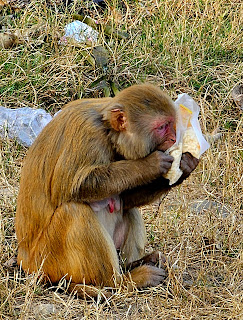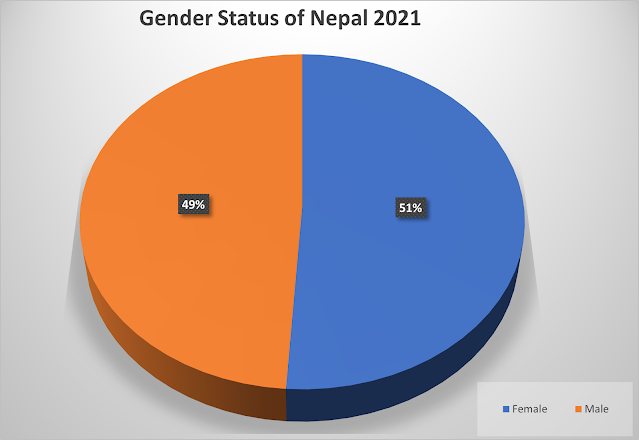Happy International Women's Day 2024! 🌟
This year's theme, "Invest in Women: Accelerate Progress," resonates deeply with the core values of empowerment and progress. It's not just about speaking up; it's about taking tangible actions that make a real difference in both local and remote communities.
Creating an environment that fosters support and encouragement for women is crucial for their growth and confidence. While challenges may arise, once women are empowered and ready to move forward, the acceleration of progress becomes inevitable.
I've had the privilege of witnessing the transformative power of investing in women firsthand. In a remote area like Thalara Bajhang, we (SRIJANA project team) took steps to support local women through entrepreneurship initiatives. We provided training in processing Himalayan Nettle Fiber (Allo), preparing thread, and weaving, but realized that access to resources was a significant barrier to starting businesses.
Our support didn't stop at training; we also provided resources for local-level processing machines and tools. Additionally, we facilitated tailoring training for making various products from Allo fiber. From these efforts emerged the "Malika Bhawani Allo Group," formed by local women to process and market Allo and its products.
Today, this group stands as a testament to the power of investment in women. They've not only succeeded in operating their business but have also become agents of change within their community.
As we celebrate International Women's Day, I urge development agencies to prioritize investments in valuable inputs and specific groups and individuals who can create meaningful change. Let's remember that our actions speak louder than words, and investment is the key to sustainable development and progress.
Here's to a future where every woman is empowered to thrive and contribute to a brighter tomorrow. Happy International Women's Day!
Sincere thanks to Indira Rai and the entire SRIJANA PYS Team who have been tirelessly working to ensure the success of this enterprise at the local level. Additionally, we express our gratitude to donor agency for their funding support. We hope for sustainable and continuous support from the local government and stakeholders to further develop this initiative
Thank you !
.jpeg)














